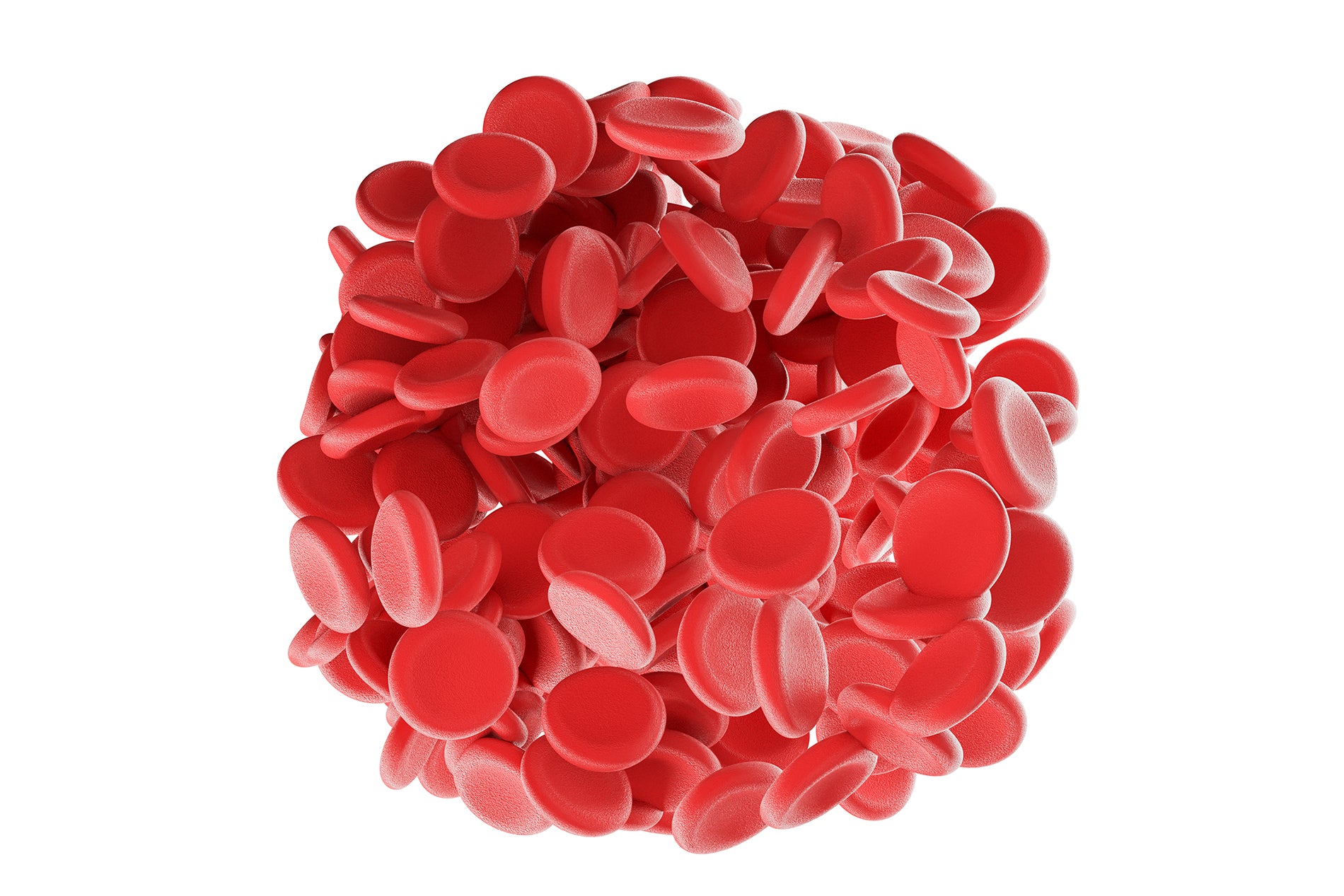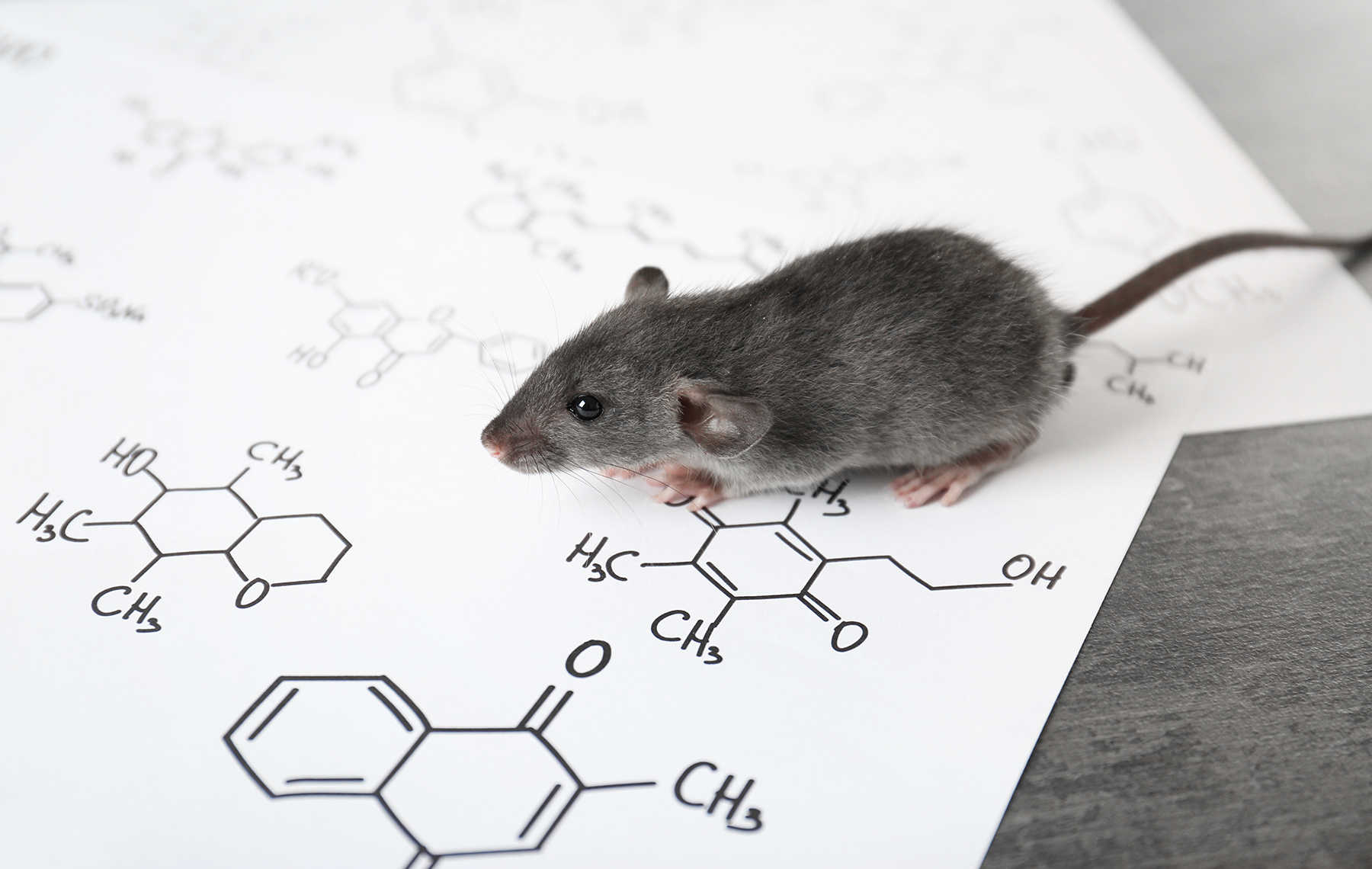
Fibrin Clot Structure and Mechanics Associated with Specific Oxidation of Methionine Residues in Fibrinogen
December 5, 2012
Abstract
Using a combination of structural and mechanical characterization, we examine the effect of fibrinogen oxidation on the formation of fibrin clots. We find that treatment with hypochlorous acid preferentially oxidizes specific methionine residues on the α, β, and γ chains of fibrinogen. Oxidation is associated with the formation of a dense network of thin fibers after activation by thrombin. Additionally, both the linear and nonlinear mechanical properties of oxidized fibrin gels are found to be altered with oxidation. Finally, the structural modifications induced by oxidation are associated with delayed fibrin lysis via plasminogen and tissue plasminogen activator. Based on these results, we speculate that methionine oxidation of specific residues may be related to hindered lateral aggregation of protofibrils in fibrin gels.
Introduction
Fibrinogen is a 340 kDa plasma protein and the precursor to fibrin, which is the primary structural component of blood clots and is critical for hemostasis after injury (1). In healthy individuals, fibrinogen is present in the blood at concentrations of 2–4 mg/mL. Upon injury, a series of biochemical processes occur that result in the local release and activation of thrombin. This enzyme cleaves two short peptide sequences (fibrinopeptides A and B) from fibrinogen and converts it to fibrin. The removal of these polypeptides exposes binding sites and drives the self-assembly of fibrin molecules into a half-staggered, two-stranded array termed a protofibril. Fibrinogen has two αC domains that normally self-associate with the central domain of the monomer. Upon conversion to fibrin, the αC domains dissociate and are thought to play a role in the lateral aggregation of protofibrils leading to the formation of coarse fibers (2,3). However, the extent of lateral aggregation is also affected by solution conditions and by modifications to the fibrinogen monomer (2,3).
Many disease states are associated with abnormal fibrin clot structure. Blood clots that form in thrombotic diseases such as ischemic stroke, diabetes, and renal impairment tend to have thin fibrin fibers, reduced clot porosity, and delayed fibrinolysis relative to healthy patients (4–6). However, the mechanisms underlying these structural changes during disease remain unknown. Heterogeneous fibrin clot formation can be the result of genetic or biochemical modifications that may occur during protein formation or subsequently during circulation. Known modifications to fibrinogen include degradation of the carboxy terminal groups of the αA and γ chains, glycation of lysine residues in diabetes patients, and partial oxidation of methionine residues, each of which can affect polymerization (7). By gaining a better understanding of the impact of molecular changes associated with disease-induced coagulopathies, we may be able to develop medical intervention strategies that prevent complications related to altered coagulation.
Fibrinogen is more susceptible to oxidation than most other plasma proteins, and several coagulation factors, including fibrinogen, are sensitive to hypochlorite oxidation (8,9). Hypochlorous acid is generated in vivo locally at sites of injury, infection, or inflammation as part of the natural immune response (10). Neutrophils, a type of white blood cell, produce high local concentrations of hypochlorous acid in vivo through the reaction of hydrogen peroxide and Cl− via the enzyme myeloperoxidase (11). Hypochlorous acid oxidizes methionine to form methionine sulphoxide with a high second-order rate constant (k) of 3.8 × 107 M−1s−1, and thus this reaction occurs preferentially over the oxidation of most other amino acids (12). Methionine oxidation by hypochlorous acid has been shown to inhibit important regulatory coagulation proteins, including activated protein C and thrombomodulin (13,14). In such cases, the deactivation of these proteins has been traced to the oxidation of individual methionine residues. In fibrinogen, oxidation with hypochlorous acid has been shown to reduce lateral aggregation and to trigger altered lysis behavior in fibrin clots (15). Other studies have demonstrated that restricting lateral aggregation, which promotes the formation of dense fibrous gels, is linked to delayed clot lysis due to impaired diffusion of plasmin through smaller pores (5,16).
In this study, we examine the effect of oxidation with hypochlorous acid on the structural, mechanical, and lytic properties of fibrin gels. A combination of turbidity, small-angle neutron scattering (SANS), and scanning electron microscopy (SEM) is used to characterize the structure of the fibrin gels. Shear rheology is utilized to measure the linear and nonlinear bulk rheological properties of fully formed fibrin gels, and to track the dissolution of gels during tissue plasminogen activator (tPA) and plasminogen-induced clot lysis. The results of this work are discussed with respect to several studies that link conformational changes in the αC domain to inhibition of lateral aggregation in fibrin clots.
Full Publication


